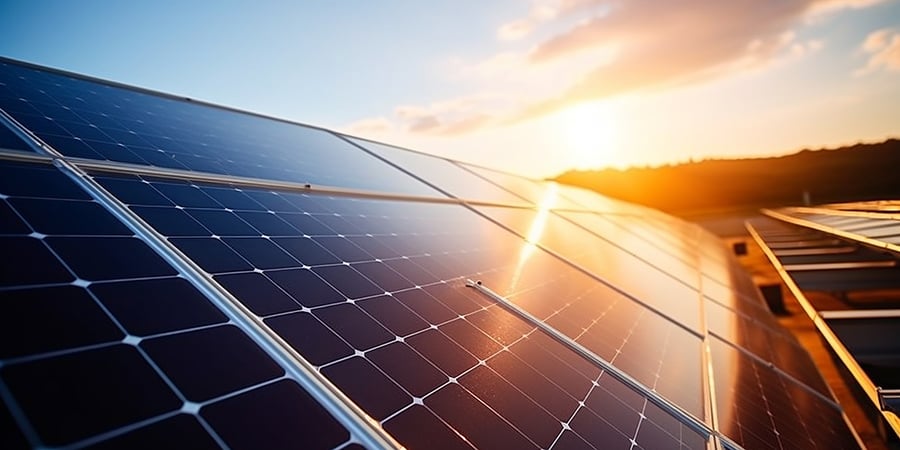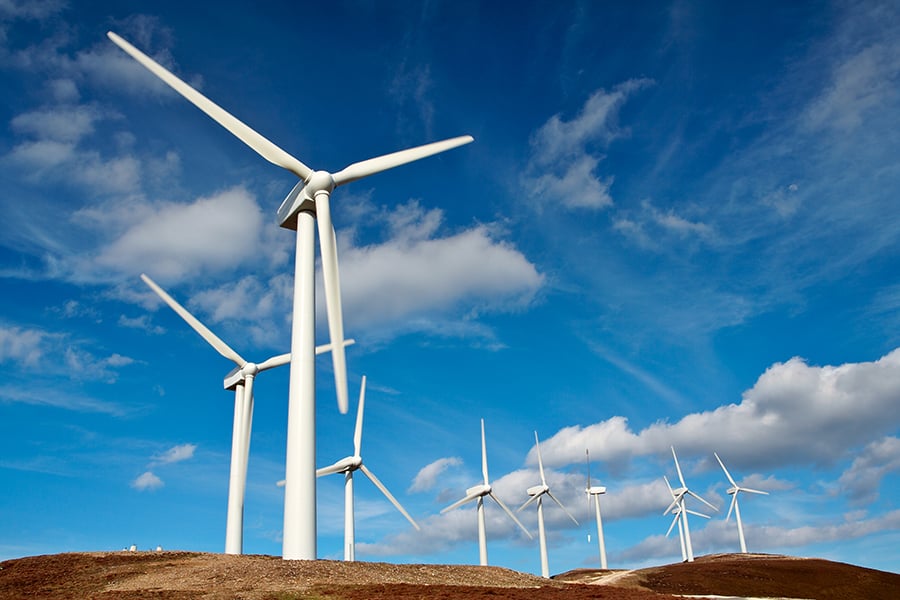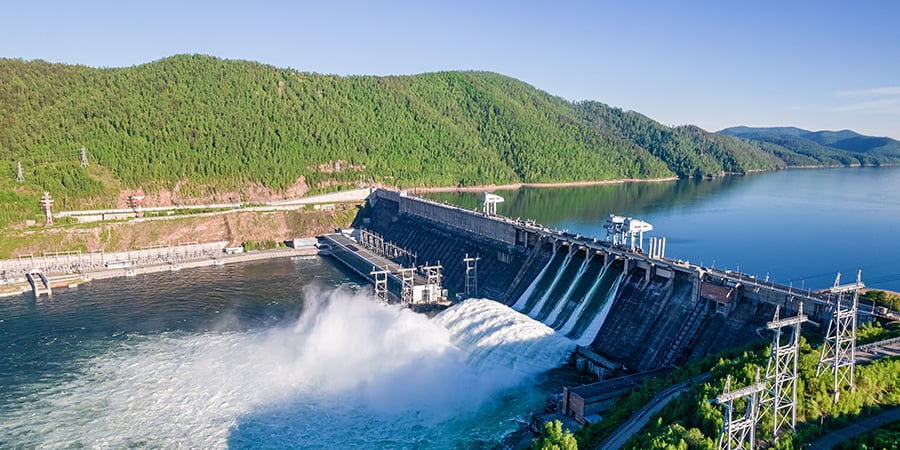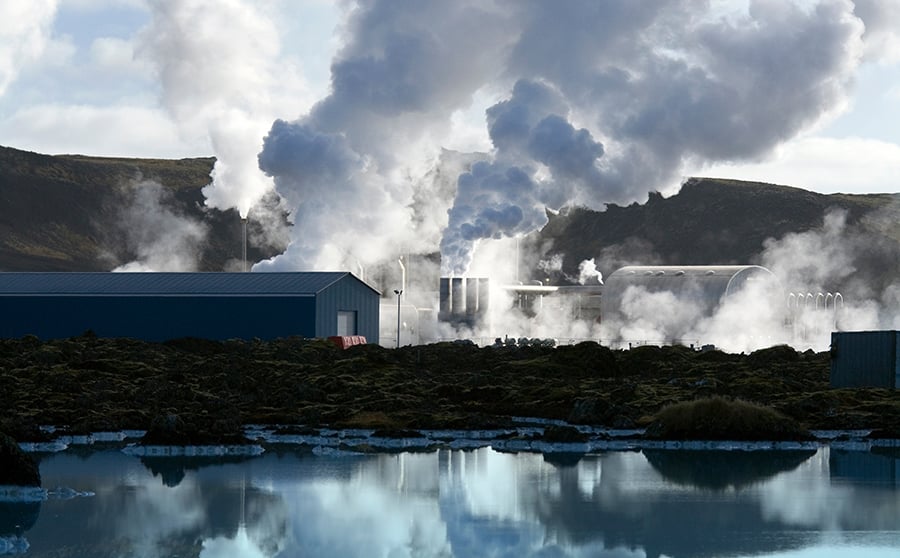Most people are familiar with the concept of climate change. Pollution and environmental degradation are major contributors to the depletion of our natural resources. Burning coal, oil, natural gas, industrial activities, plastic pollution, and deforestation deplete the earth’s natural resources.
Towards powering a sustainable future
Green energy, also known as renewable energy, has proven to be a good solution to combat climate change and promote a sustainable future. Green energy sources harness natural resources that are unlimited and environmentally friendly. In this blog post, we will look at what green energy is, examine different types of green energy sources, highlight their benefits, and discuss the challenges and prospects of transitioning to a green energy economy for the industry.
Defining green energy
Green energy is derived from sources that are naturally replenished and have a minimal impact on the environment. These sources include sunlight, wind, water, geothermal heat, and biomass. The primary characteristic of green energy is that it produces little to no greenhouse gas emissions, reducing our reliance on traditional fuels.
What are gas emissions, the greenhouse effect, and global warming?
It refers to the release of gases into the Earth's atmosphere, contributing to what is known as the greenhouse effect, resulting in changes in climate and rising global temperatures.
Global warming happens when primary gases like carbon dioxide (CO2), methane (CH4), nitrous oxide (N2O), and fluorinated gases trap heat from the sun within the Earth’s atmosphere, leading to an increase in the average temperature on our planet.
The manufacturing and production sector accounts for one-fifth of global carbon emissions and 54% of the world's energy usage, according to various recent studies. Efforts are underway to decrease the release of pollutants in the manufacturing sector. These include replacing fossil fuels with low/no carbon options, switching to renewable electricity, increasing the usage of recycled materials, and adopting more environmental design practices.
Contract manufacturing (CM), as part of the broader manufacturing sector, contributes to these gas outflows, although the search results do not reveal precisely how much.
To contribute positively to the environment as an EMS (Electronic Manufacturing Service) provider, companies should consider a shift to green energy.
Types of green energy
Solar energy
Solar power harnesses the energy from the sun to generate electricity, either through photovoltaic cells or concentrated solar power systems. This energy source is abundant and readily available, making it a rapidly expanding form of green energy worldwide. Electronic Manufacturing Service (EMS) providers can play a significant role in this growth by installing solar or photovoltaic cells on their facility rooftops. This not only allows them to generate their electricity but also contributes to the global shift towards more sustainable energy sources.

Wind energy
Wind energy leverages the kinetic energy of wind, transforming it into electricity through turbines. These turbines are often situated in areas with high wind activity, both onshore and offshore, to generate substantial amounts of clean energy. Specifically in Germany, EMS providers can use this kind of energy due to the high occurrence of windy conditions.

Hydropower
Hydropower is a renewable energy source that captures the energy of moving water, such as rivers or tidal currents, to generate electricity. This mature technology is widely used worldwide and offers the advantage of being highly reliable. Austrian and Swiss Electronic Manufacturing Service (EMS) providers can particularly benefit from hydropower due to their mountainous regions. By directing moving water through a turbine, hydropower harnesses the energy and converts it into electricity, providing a sustainable and clean source of energy.

Geothermal energy
Geothermal energy, derived from the Earth's natural heat, is a reliable source of electricity and direct heating. It's particularly beneficial in regions with geothermal activity, such as Reykjavik, Iceland, where it's used for district heating systems.

Biomass energy
Biomass energy, on the other hand, involves converting organic matter like crop residues and forest byproducts into biofuels or burning them directly for heat or electricity. Wood and wood processing wastes are familiar biomass sources. This energy is essential in many developing countries where it's used for cooking and heating.
Benefits and Challenges
Green energy offers numerous advantages over fossil fuels. It reduces greenhouse gas emissions, improves air quality, and lessens our dependence on finite resources. Additionally, it creates job opportunities and fosters innovation in the clean energy sector. Transitioning to green energy also enhances energy security by diversifying energy sources and reducing geopolitical tensions.
However, green energy adoption faces some challenges. The intermittent nature of specific renewable sources, like solar and wind, requires developing efficient energy storage solutions. The initial costs of establishing green energy infrastructure can also be higher than traditional energy systems, although the long-term benefits often outweigh the investment.
The future of green energy and powering a sustainable future
The global push towards a green energy transition is gaining momentum. Governments, EMS providers, and individuals are recognizing the urgency of investing in alternative, more environmentally friendly solutions. Technological advancements and declining costs make green energy increasingly competitive, spurring further adoption. Continued research and development, coupled with supportive policies and international collaboration, will pave the way for a future powered by clean and renewable energy sources.
Conclusion
Green energy represents a beacon of hope for EMS providers facing environmental degradation. By harnessing the power of the sun, wind, water, heat, and organic matter, we can create a sustainable energy ecosystem that benefits both present and future generations. Embracing green energy technologies while addressing the associated challenges will enable us to build a cleaner, greener, and more resilient planet. The industry must contribute to this global effort to secure a sustainable future.

